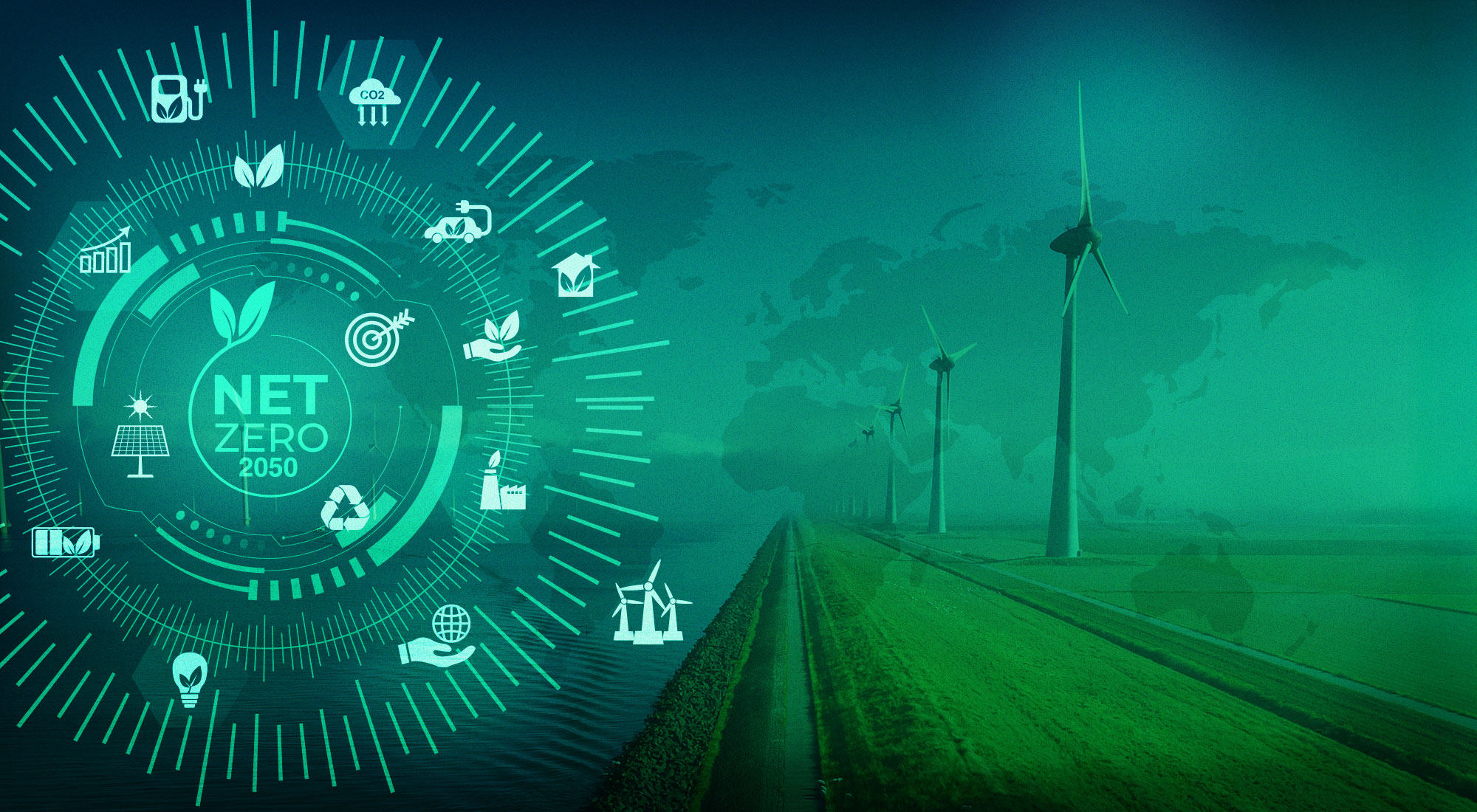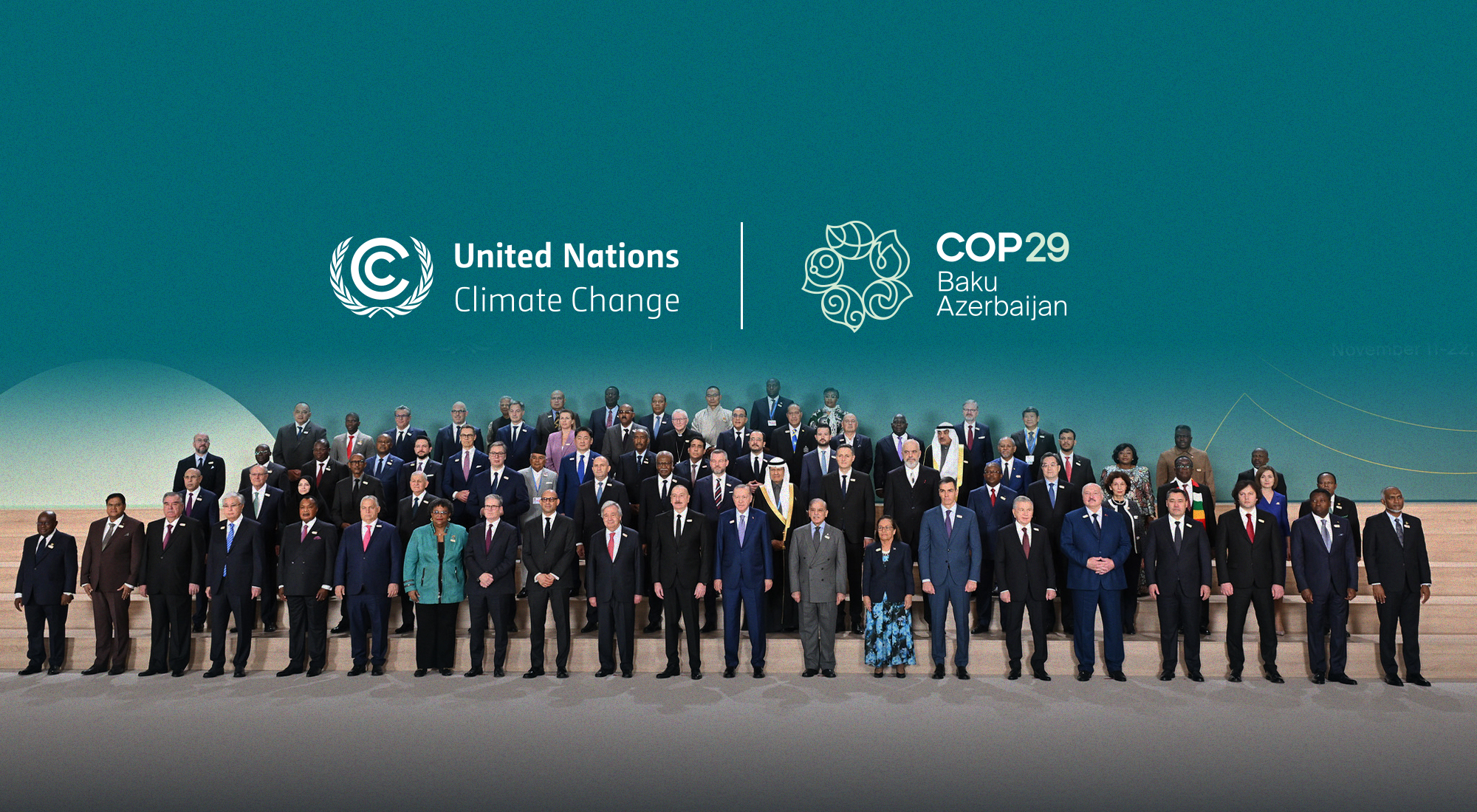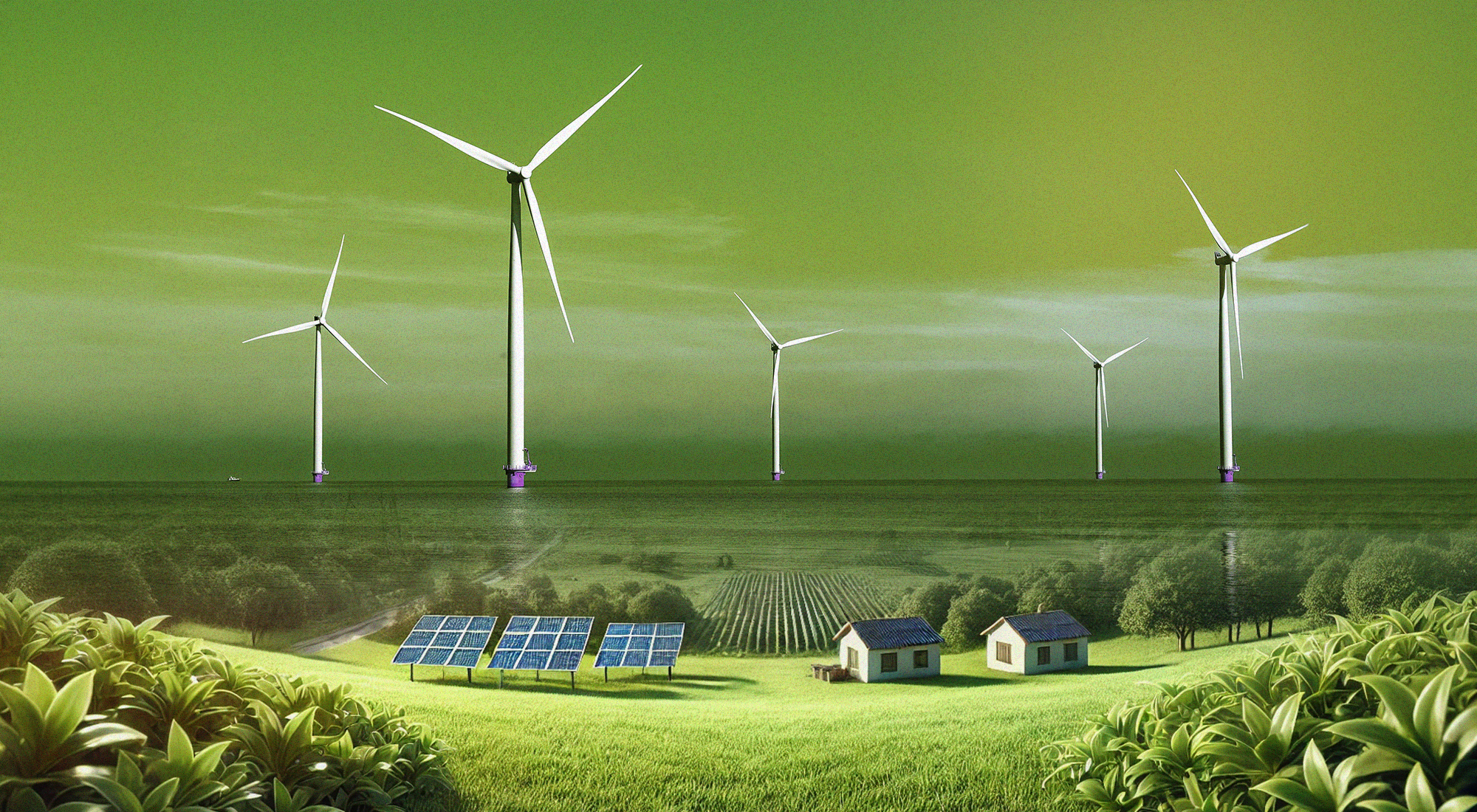Abstract
The challenges we face for near and long-term futures have been called a “crisis of crises,” “wicked problems,” and “grand global futures challenges.” This piece focuses on three grand global futures challenges: growing urbanization, lack of (or inadequate) international education, and the accelerating climate crisis.[1] These grand global futures challenges will have substantial impacts in the socio-cultural and environmental domains.
However, complex and interconnected trends drive them; they are likely to create significant problems across many futures for humanity, including economic and geo-political. Uniquely, I will also draw attention to counter-trends, twists, and surprises. These alternative futures can mitigate, disrupt, or reverse the dominant trends and enable others to imagine and create alternatives to the disturbing trends being forecast.
As unpredictable futures rush toward us, the challenges for long-term human futures have been called a “crisis of crises,” “wicked problems,” and “grand global futures challenges.” Ranging across socio-cultural, geo-political, and environmental domains, these challenges are complex and systemically interconnected, offering many starting points for further dialogue.
The grand urbanization challenge
Urbanization, the movement of people from rural areas into towns, cities, and mega-cities, has been a growing global trend since the beginning of the 20th century. In 1900 only 10 percent of the global population lived in cities.[2] By 1950, 29 percent of the world’s two and half billion people lived in cities. In 2010, the global urban population tipped beyond 50 percent. In 2014, 54 percent of the world’s population of over seven billion was urbanized. It is predicted that by 2050, the 1950 proportions will be reversed, with 66 percent of the global population being urbanized.[3] The picture of growing urbanization is complex, diverse, and heterogeneous, and yet there are emerging counter-trends.
However, there is a distinction between “old urbanization” and “new urbanization.” Industrialization and globalization have driven old urbanization over the past 50 years, motivating economic growth. The new urbanization drivers include sustainability and the creativity to build sustainable post-industrial urbanism that values people and the planet over profit. In the coming decades, nations within Africa, Asia, Latin America, and the Middle East will continue to play catch-up with the global north. However, many newly industrializing countries do not want to copy what the old urban zones did 50 years ago. They are embracing the new urbanization drivers: sustainability and creativity.
While sustainability is a goal of the new urbanism, it is threatened by a growth that is too rapid with insufficient time for basic infrastructures to be developed (such as power and water supplies, sanitation, health services, education, and transportation). When rapid urbanization occurs in pre-industrial societies, as it has in China, Africa, and parts of Latin America, instead of improved living conditions, the UN reports the following:
Hundreds of millions of the world’s urban poor live in sub-standard conditions … [including] rapid sprawl, pollution, and environmental degradation, together with unsustainable production and consumption patterns.[4]
Rapid urbanization undermines the three pillars of sustainable development: economic development, social development, and environmental protection,[5] and the community does not benefit equally. If newly industrializing nations follow the American free-market model, it will bring great social and economic disparity for minorities, youth, elders, and women.
Growing urbanization also depletes and diminishes the agricultural land for food production and the natural vegetation and wilderness that surrounded cities, providing habitat for diverse species. Regenerative agriculture and new ways to regenerate forests, grasslands, and wetlands need to be developed if we do not turn the whole earth into a desert. The greening of old industrial cities, such as Berlin, Manchester, and New York, offer models for planners in Africa and elsewhere to not repeat the same mistakes. There is an urgent need for more experienced urban environments to develop sustainable cities policies so that newly urbanizing regions can benefit from the old industrialized nations’ hard experience. In a globalized, interconnected world, there is no excuse for ignorance.
In the new urbanism, city planners and policy-makers can form alliances and networks for knowledge sharing about paths to sustainability and resource management. Internet technology can be used to disseminate research and knowledge about more socially and politically equitable forms of urbanization as we find in Scandinavian countries. While lack of access to technology can be a challenge for those remaining in rural regions, it is becoming less so with the ubiquitous mobile phone technology.
Efforts toward sustainable urban development in emerging nations show a mixed success. Masdar City, Abu Dhabi, UAE, is due for completion in 2025 and aims to be one of the world’s most sustainable, low-carbon, low-waste cities. China and Singapore are collaborating on an eco-project, Tianjin City, designed to be a sustainable urban development model throughout Asia and the world. Abuja city, the capital of Nigeria, was planned to be a smart, integrated “and enlightened vision of city development.”[6] While these cities’ reality falls short of the ideal, it is encouraging to see sustainability principles being attempted globally.
The creative city movement is a counter-trend that will shape the way cities urbanize in the coming decades, supported by the Creative Cities Network,[7] a UNESCO partner. Maurizio Carta points to three design dimensions: culture, communication, and cooperation, which support the development of a creative class, and contribute to urban regeneration and sustainability.’[8] These validate Richard Florida’s “creative class” and Paul Ray’s “cultural creatives”.[9]
Creativity is central to transforming cities from black and dirty industrial wastelands to green and sustainable creative cultural hubs, such as Berlin and Manchester. Latin American nations have demonstrated wise urbanization using sustainable and innovative transportation approaches, for example, Curitiba, Brazil. Mayor Enrique Peñalosa (1998-2001) introduced integrated social practices in Bogotá, Colombia.[10] Millennials welcome the post-industrial counter-trend with their creative, green, and collaborative values. In this context, post-industrial refers to value clusters connected with creative, sustainable, and wise urbanization, rather than an outright rejection of industrialization.
In Australia, the desire to own a large suburban house has been wilting under the cultural attraction of post-industrial chic, inner-urban regeneration of factories and warehouses.
Ironically, the impact of Covid-19 on cities and the shift to teleworking from home has seen a reversal of urbanization, showing demographic movements back to regional and rural areas.
The grand education challenge
The UN declaration of education as a human right over 70 years ago was the foremost driver of educational change, leading to the creation of the Education for All (EFA) project run by UNESCO. Although 40 million children (of the 100 million out of school) gained access to primary schooling between 1990 and 2010, significant challenges remain for EFA.
First, there are serious cultural implications of importing one education system (largely Euro-American) into other cultures. Secondly, it isn’t easy to assess whether the increased attendance at school increases learning and life opportunities. Thirdly, it is doubtful the imported education model will meet the needs of diverse cultural futures in a rapidly changing world.
New drivers have arisen in the higher education sector, which is inextricably caught up in the market forces of globalization and corporatization. These include the rise of the Global South, the increasing commodification of education associated with the knowledge industry, the struggle for resources among elite universities and mass higher education, and the information revolution, including Massive Open Online Courses (MOOCS).[11]
Educational developments in Asia, Latin America, Central Eastern Europe, and the Middle East, especially the Arab states, are significant. Global education has gathered its momentum and is no longer just imposed or implanted from the global north. Educational innovation in the Global South is self-generating, continuing to lower numbers of international students enrolling in Australia, Canada, and the USA. Throughout 2020, the impact of Covid-19 has all but stopped the international students’ flow, and it is likely to remain so.
UNESCO, like other UN agencies and partners, has shifted emphasis from the Millennium Development Goal (MDG) (2000–15) of educational access for all to the Sustainable Development Goal (SDG) (2015–30) that prioritizes quality education. In summary:
The MDGs focused on quantity (e.g., high enrolment rates) only to see the quality of education decline in many societies. The SDGs represent the first attempt by the world community to focus on the quality of education – of learning – and the role of education in achieving a more humane world: “education for sustainable development and sustainable lifestyles, human rights, gender equality, promotion of a culture of peace and non-violence, global citizenship, and appreciation of cultural diversity and of culture’s contribution to sustainable development.”[12]
In time, the EFA Project may overcome global illiteracy, but it was never designed to deal with the subtle cultural challenge of imposing the Anglo-European industrial era education model on other cultures. Nor are there any easy fixes in sight for educational challenges in the USA, such as declining creativity among school-aged children and the rise in home-schooling. Home-schooling was the fastest-growing form of education in the USA, with estimates of between two and three million school-aged children being educated at home, even before Covid-19 hit. When we consider that home-schooling is increasing so dramatically due to discontent with mainstream education, it does present a challenge for US educational policy-makers. The global pandemic has exacerbated education challenges, especially in the US, the most Covid-affected country in the world.
The biggest educational futures challenge is not just access. It is how to transform education, so it is culturally appropriate and develops human beings who are future-focused and can think creatively about dealing with emerging challenges. The old fragmented, mechanistic, and materialistic ways of thinking cannot deal with the growing complexity of global environmental, economic, and societal change.[13] Much that is called new knowledge is not-so-new knowledge repackaged in new technologies.
The soft skills of creativity, imagination, critical thinking and complexity are important higher-order cognitive capacities. They are needed to enable the radical rethinking of education that the 21st-century demands to prepare young people for exponential change and uncertainty adequately. These “megatrends of the mind” are vitally crucial for educational futures.[14] Education and thinking both need a complete overhaul.
One of the greatest problems we face today is how to adjust our way of thinking to meet the challenge of an increasingly complex, rapidly changing, unpredictable world. We must rethink our way of organizing knowledge.[15]
Leading thinkers in many fields, including complexity science, ecology, education, futures studies, integral studies, philosophy, psychology, and systems theory, attempt to grapple with these challenges. Like Edgar Morin, I believe that more complex, self-reflective, organic ways of thinking will be vital in reshaping education so that young people are better equipped for complexity, paradox, and unpredictability.
While so much has changed out of all recognition in the last 100 years, formal schooling still resembles the factory schools built to provide human fodder during the Industrial Revolution. Fundamentally, we are still educating our children as if we were living in the 19th century, albeit with a few added digital gadgets and online infotainment.[16]
The global-societal challenges we face as a species have a considerable impact on young people and future generations. The failure of formal schooling to prepare young people to meet those challenges is the subject of much of the critical education literature globally.[17] Global education researchers, practitioners, and policy-makers must tackle the complex global-societal challenges discussed here if education contributes to local communities, national priorities, and the global common good.
Education must be de-linked from economics and resituated in the socio-cultural domain. Teachers will no longer be primarily child-minders, researchers will not be fund-raisers, and curricula will refocus on the children and young people’s whole-person development. If the profit motive is removed from education and replaced by cultural motives to improve society and develop individuals, we may begin to tackle the complex global challenges afresh.
The grand climate challenge
There is a great deal of agreement among climate scientists that the planetary climate is changing in ways that increase the risk for a large proportion of the global population. It is widely agreed that this is the result of a century of industrialized human lifestyle and that it is potentially irreversible. While the science is clear, the politics is not.
The most significant devastating effects on global human society in the foreseeable future are expected to be melting polar glaciers and ice-caps, leading to rising sea levels, flooding of Pacific islands, and inundation of low-lying countries and large coastal mega-cities. This is very likely to drive mass migration on a scale not seen for 10,000 years. Because of the complexity of the climate crisis, all available pertinent knowledge needs to be brought together. Parallels between diverse futures approaches and current approaches to climate change are explored in detail elsewhere (see Table 1).[18]
The most common futures methods used in climate research are trend analysis, modeling, and expert scenario mapping based on the projections. These are heavily weighted toward the predictive/empirical approach and to a lesser degree towards the critical approach. Empirical and statistical data forms the basis of expert scenarios used to evoke change. There may be value in collaboration between climate scientists and empirically oriented futures researchers. Collaboration would focus on the probable future as indicated by trend analysis and modelling. However, such approaches rarely elicit engagement or motivation from local communities, as they imply passive adaptation rather than active participation.
The critical futures approach asks the question, “who decides what is preferred?” This normative approach to climate futures is used in the UN Framework Convention on Climate Change (UNFCCC) agreement (1992)[19], the Kyoto Protocol (1995), the annual Conference of Parties (COPs), and especially, the Paris Agreement (2016)[20]. They critique existing climate-insensitive activities associated with hyper-development. They also engage in collaboratively designed targets for reducing Greenhouse Gas (GHG) emissions to mitigate global warming to enable the global population’s preferred climate futures.
Table 1: Futures studies approaches to climate crisis[21]
| Futures Studies | Futures Studies | Climate Crisis | Climate Crisis |
| Approaches | Key Terms | Approaches | Key Terms |
| Positivist approach: the future of climate change | |||
Predictive/ Empirical | ‘Probable future’ | Climate trends ‘Top-down Scenarios’ | Trend is destiny Mitigation Passive adaptation |
| Pluralism of multiple futures approaches to climate change | |||
Critical/ Postmodern | ‘Preferred futures’ | UNFCCC protocols Emissions targets | 2% Warmer stabilization |
| Cultural/ Interpretive | ‘Possible or alternative futures’ | Women, youth, indigenous voices | Futures for the climate-vulnerable |
| Climate Alliances | |||
Participatory/ Prospective | ‘Participatory or prospective futures’ | Climate activism ‘Bottom-up’ scenarios | Active co-evolution Social learning Co-creation |
Integral/ Holistic | ‘Integral or planetary futures’ | UN protocols Global collaboration All of the above | Global climate justice Planet-wide climate protection |
A climate approach based on the philosophy of cultural/interpretive future would critique the western development model of hyper-development and neoliberal globalization and take a post-colonial or post-industrial view. It would evoke alternative possible climate futures by engaging with the indigenous elders’ voices, insights from Islamic science, women, youth, and hypothetical future generations. Examples of climate protection aligned to this approach include the Climate Alliance of European Cities with the Indigenous Rainforest Peoples, the Islamic Declaration on Global Climate Change,[22] and the Australian Youth Climate Coalition.
The participatory futures approach involves active engagement to enable its empowering and transformative potential. It involves community-based scenario building in climate-vulnerable communities and could be used worldwide to empower threatened communities. While climate activism is participatory and action-oriented, it needs to be well-informed about climate issues’ complexity to claim broader legitimacy. This approach could increase motivation toward household actions that can mitigate global warming and assist with social learning that supports adaptation.
Anthropogenic climate change is a planetary issue of such meta-proportions, and meta-complexity it requires global, national, regional, and local collaboration. An integral futures approach has much to offer climate futures in finding creative ways to co-adapt to the inevitable. The integral approach is still emerging but has the potential for impacting climate futures by integrating multiple approaches. For example, based on the expectation that sea levels will rise significantly, integrated approaches are being taken in the Netherlands, where architects work with planners to create innovative floating houses and urban conurbations.
Although many of these challenges may seem insurmountable, they are in our power to deal with constructively if we meet them with clarity, imagination, and courage. By working collaboratively for change, whether toward climate turnaround, creative urbanization, or transformation of education, we can build a critical mass for creating positive futures.
References:
[1] This paper draws from research in my book: Gidley, Jennifer M. 2017. The Future: A Very Short Introduction. Oxford University Press.
[2] Burdett, R., & Sudjic, D. (Eds.). 2007. The Endless City. New York: Phaedon Press.
[3] UN Department of Economic and Social Affairs, D. 2014. World Urbanization Prospects: The 2014 Revision. http://esa.un.org/unpd/wup/CD-ROM/Default.aspx
[4] Ibid. p. 3.
[5] Rio+20 United Nations Conference on Sustainable Development. 2012. https://sustainabledevelopment.un.org/rio20
[6] Adeponle, B. J. 2013. ‘The Integrated City as a Tool for Sustainable Development: Abuja Master Plan.’ Journal of Educational and Social Research, 35, 145.
[7] Creative Cities Network, UNESCO. https://en.unesco.org/creative-cities/
[8] Carta, M. 2007. Creative City: Dynamics, Innovations, Actions. Barcelona, Spain: LISt Laboratorio.
[9] Florida, R. 2002. The Rise of the Creative Class; and How It’s Transforming Work, Leisure, Community, and Everyday Life. New York: Basic Books; Ray, P. 1996. ‘The Rise of Integral Culture.’ Noetic Sciences Review, 37, Spring, 4.
[10] Gidley, Jennifer M. 2017. The Future: A Very Short Introduction. Oxford University Press.
[11] Gidley, J. 2012. ‘Re-imagining The Role and Function of Higher Education for Alternative Futures through Embracing Global Knowledge Futures.’ In P. Scott, A. Curaj, L. Vlăsceanu, & L. Wilson Eds.. Netherlands: Springer.
[12] John Coonrod of The Hunger Project drew these distinctions. https://advocacy.thp.org/2014/08/mdgs-to-sdgs/
[13] Gidley, J. 2012. ‘Futures of Education for Rapid Global-Societal Change.’ In F. González (Ed.), There’s a Future: Visions for a Better World. Madrid, Spain: BBVA.
[14] Gidley, J. 2010. “Globally Scanning for Megatrends of the Mind: Potential Futures of ‘Futures Thinking.’” Futures: The Journal of Policy, Planning and Futures Studies, 4210, 1040-1048.
[15] Morin, E. 2001. Seven Complex Lessons in Education for the Future. Paris: UNESCO.
[16] Gidley, J. 2016. Postformal Education: A Philosophy for Complex Futures. Dordrecht, Netherlands: Springer International.
[17] Kincheloe, J. 2006. Reading, Writing and Cognition: The Postformal Basics. Rotterdam, The Netherlands: Sense Publishers.
[18] Gidley, J. 2016b. ‘Understanding the Breadth of Futures Studies through a Dialogue with Climate Change.’ World Futures Review, 81, 24-38; Gidley, J. 2017. The Future: A Very Short Introduction. Oxford, UK: Oxford University Press.
[19] UNFCCC. 1992. UN Framework Convention on Climate Change UNFCCC Report. Retrieved from New York: https://unfccc.int/resource/docs/convkp/conveng.pdf
[20] The Paris Agreement (2016) https://unfccc.int/process/the-paris-agreement/status-of-ratification
[21] The table is Copyright. Gidley, Jennifer M. 2017. The Future…
[22] Australian Religious Response to Climate Change https://www.arrcc.org.au/islamic_declaration








